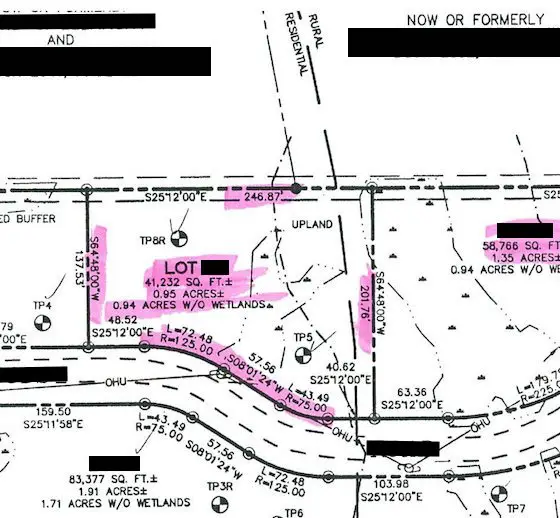Lot Selection – 25 Tips- Part II

See " Part I - Lot Selection- 25 Tips"
Here are 8 more tips and hints to keep you on the right track when making decisions about which of various residential lots you want to buy. Here is Part II of "The Smart Way to Select Your Lot - 25 Tips".
Zoning
Zoning laws tell you what is permitted to be built on a lot. This ranges from your house to playsets, to fences and even shrubs! These laws can be loose or highly restrictive. Corner lots can be severely penalized as they face two streets. You must research what the zoning laws permit you to do or not do on your lot. It may take you hours to read through them, so be prepared.
Wind
In my county we have a giant landfill. Every now and then there is an article in the paper about nearby homeowners who complain about odors. Don't buy a lot downwind from a landfill, a factory, sewage disposal plant, animal farm, or any other odor-producing operation. Check with the local U.S. Weather Office for prevailing wind directions and times of year! For example, if the winds shifts seasonally and blows towards your lot in the winter when windows are closed, it might not be a big deal.
Flooding
Flash floods and ordinary river or tidal flooding should be considered. This is especially true if your lot may be in the lower reaches of a drainage basin. Development farther up in the drainage basin may concentrate and cause overflow of streams and creeks that historically have not flooded. Talk to existing property owners about past flood levels.

This ponding of rainwater is not normal. The next door neighbor blocked the natural swale with a new swimming pool. Photo credit: Tim Carter
Septic Systems
If your lot has, or you will be required to use, a septic system, be sure the soil can handle it. Not all soils will test positively. You may be required to install a modified leach field that can cost thousands of extra dollars. For advice contact the local Health Department which conducts the testing.
Future Area Development
Fifteen years ago a woman who worked with my wife moved into a house in the country. It was on a state route which ran parallel to an Interstate highway. The house and the state road were about one mile or so from the interchange. Well, guess what? It isn't the country anymore! Their house was swallowed by huge commercial development. You must be aware of growth trends and what might/will happen to your land and that which surrounds it. Land that is attractive to commercial developers can transform from farmland to blacktop parking lots with a simple zoning change. Remember, money talks ...... and commercial developers have a lot of it.
Geology
You need to be aware of the geology of your region. Are there faults? Are you in an earthquake zone? What about landslides or periodic mud slides? Buying in the Southwest? Did you know that raging flash floods pour out of the mountains every fall and winter? Maybe they will engulf you and your new home?
Toxic Waste
You read about it all the time in the paper. There are many places where toxic waste has been dumped illegally. Odds are you will never know. However, does your new lot have an old road or driveway? Is it remote? Are there areas where vegetation is dead or growth is stunted? Look for clues...
Fill Dirt Sites
If you are buying a lot in a new subdivision, stay away from lots near storm sewer pipes or culverts. Stay away from lots on the edge of hills or in unnaturally 'flat' areas. These areas are prime suspects for fill dirt. Even as I write this Bulletin, I am an expert witness in a lawsuit where a house was built on fill dirt. The lot was a creek bed before development. A pipe was installed and dirt dumped along side the pipe to 'create' a buildable site. BEWARE!
Read on for Part III and the final few tips to buying your land or lot the smart way.
Column B154